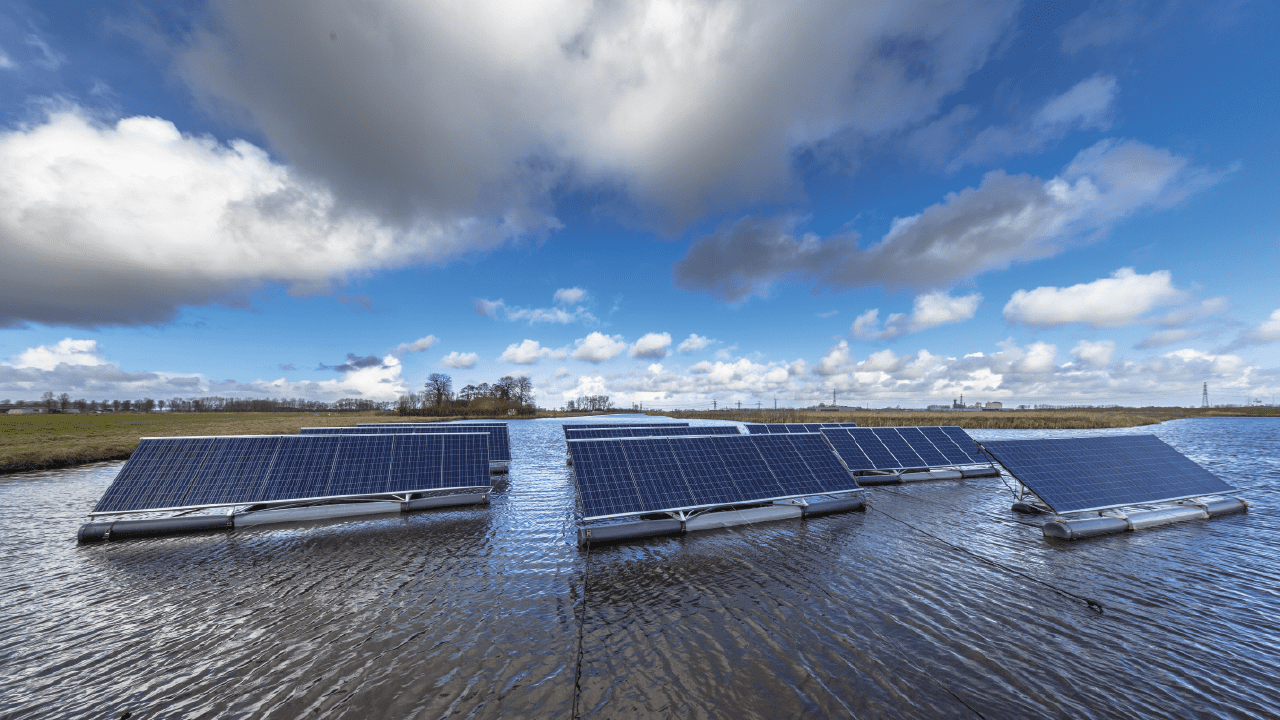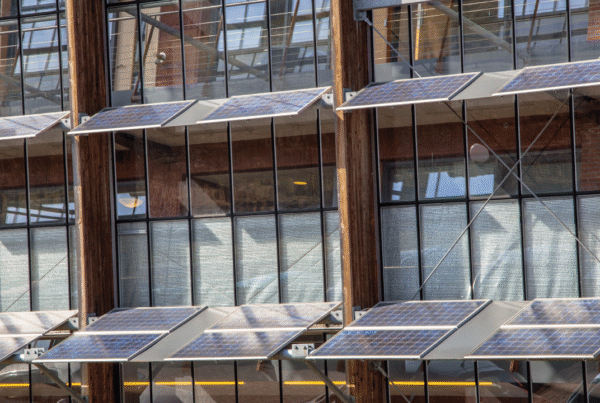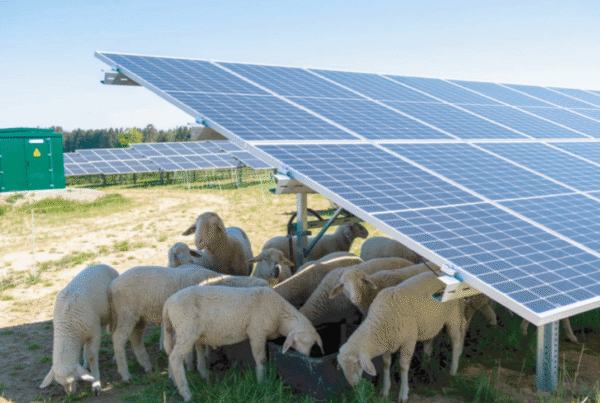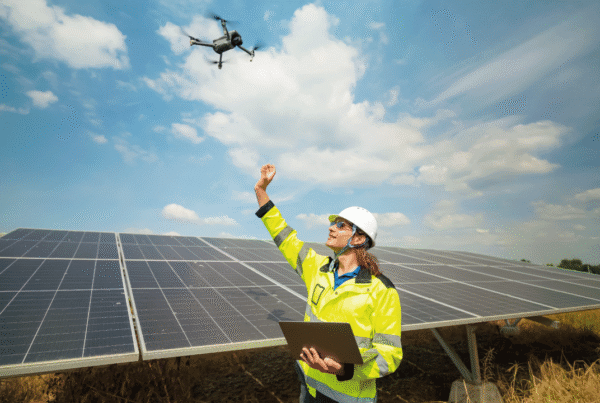
Floating photovoltaics harness the solar energy incident on the surface of the water and convert it into electricity through solar photovoltaic cells, with some significant advantages:
- Increased efficiency.
- Saves space on land.
- Reduced evaporation.
- Cooler temperature.
- Flexibility in location.
Although floating solar energy is a promising technology and offers many advantages, it also faces some challenges and issues:
- Local environmental impact, as its installation over water can have local effects on aquatic life and surrounding ecosystems.
- Their location over water can make maintenance and cleaning more complicated compared to terrestrial solar panels.
- As it is still a relatively new technique compared to terrestrial, there is still room for technological improvements and advancements.
- Floating solar projects often require a variety of permits and regulations due to their location.
In our country, this technology has not yet been widely implemented, but there is great interest in this form of generating clean and sustainable energy.
Why is floating photovoltaic energy key in Spain?
- In Spain, the reservoirs offer a great opportunity for the implementation of floating photovoltaic energy projects, which can be used in an additional way to generate solar energy through the installation of floating solar panels.
- The sunny climate of our country and the high solar radiation make it a more than appropriate place for the generation of solar energy. Floating photovoltaics can be very effective in regions with warm and sunny climates.
- The growing awareness of the importance of renewable energy and sustainability is seeing increasing interest from investors and companies in floating solar power projects in Spain.
As we have seen, although PV in Spain is still at an early stage, it represents a potentially significant growth area for renewable energy generation in our country.







